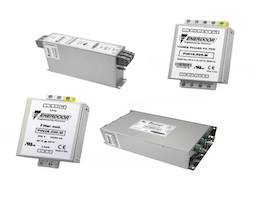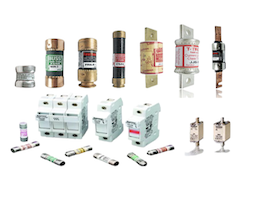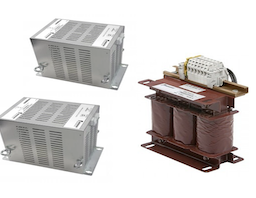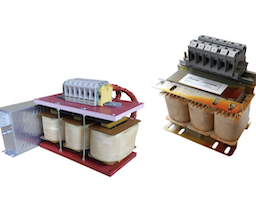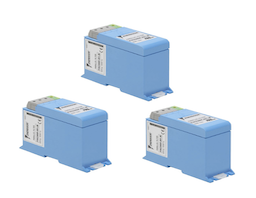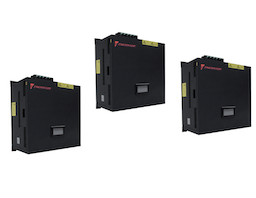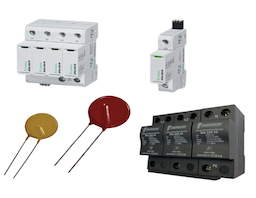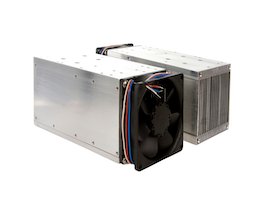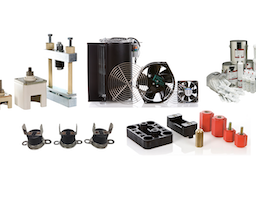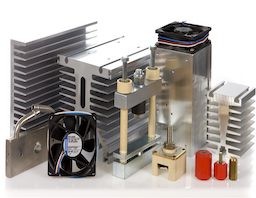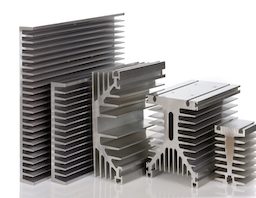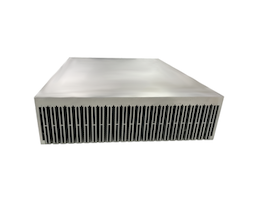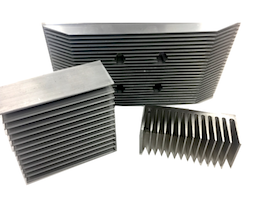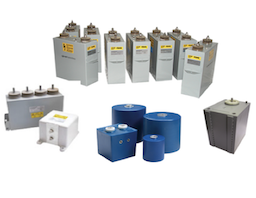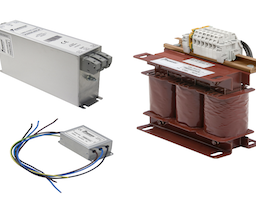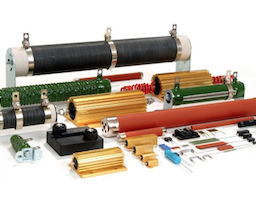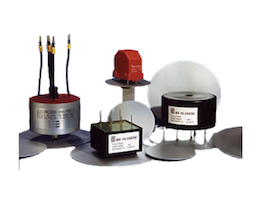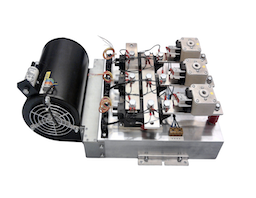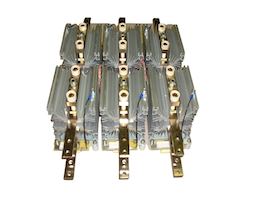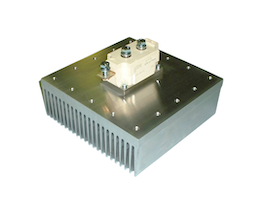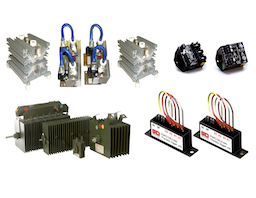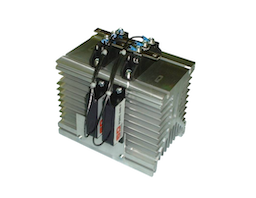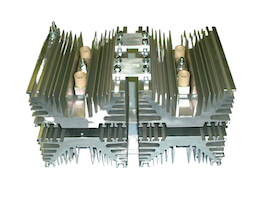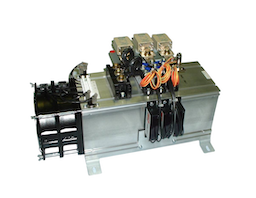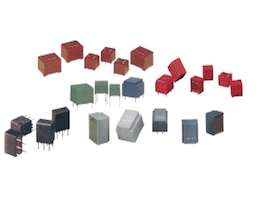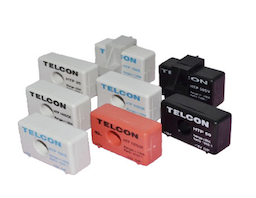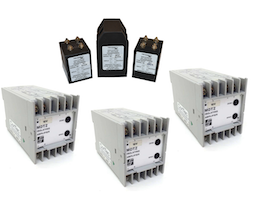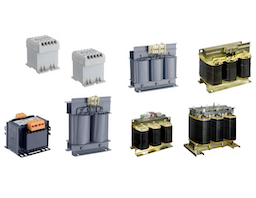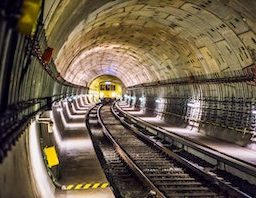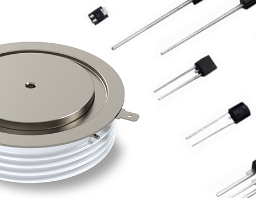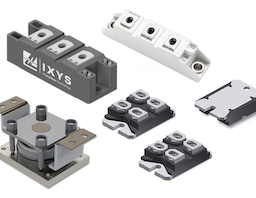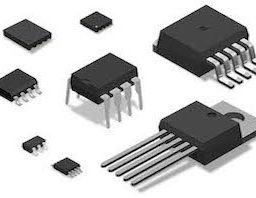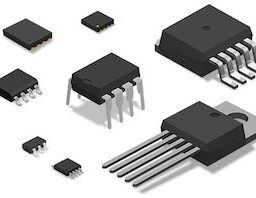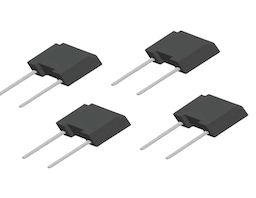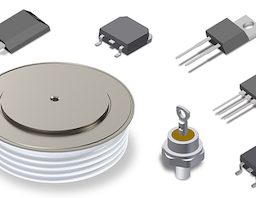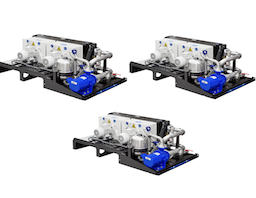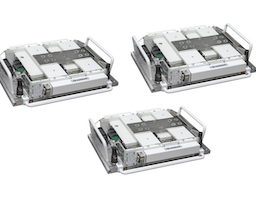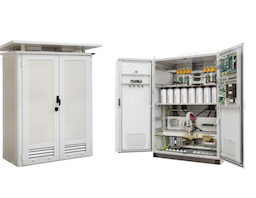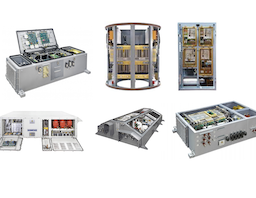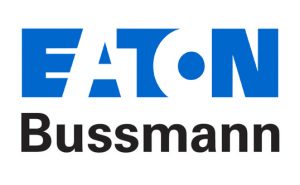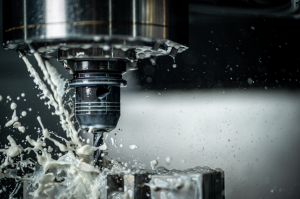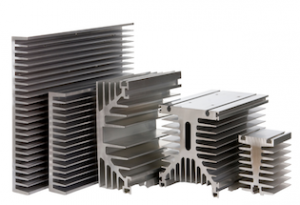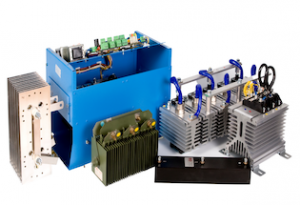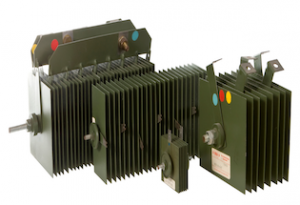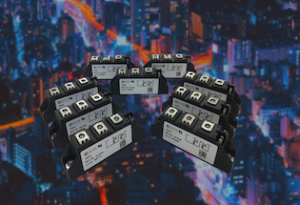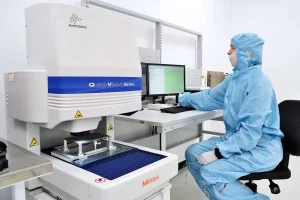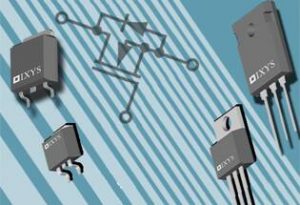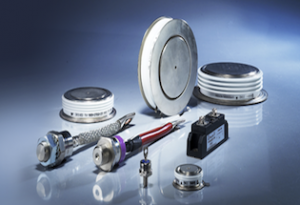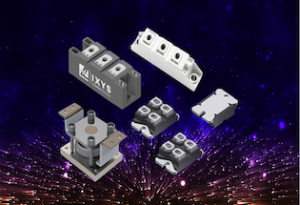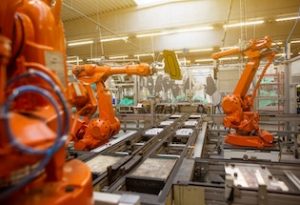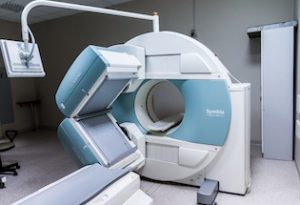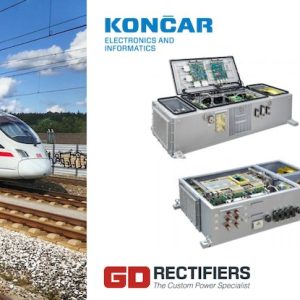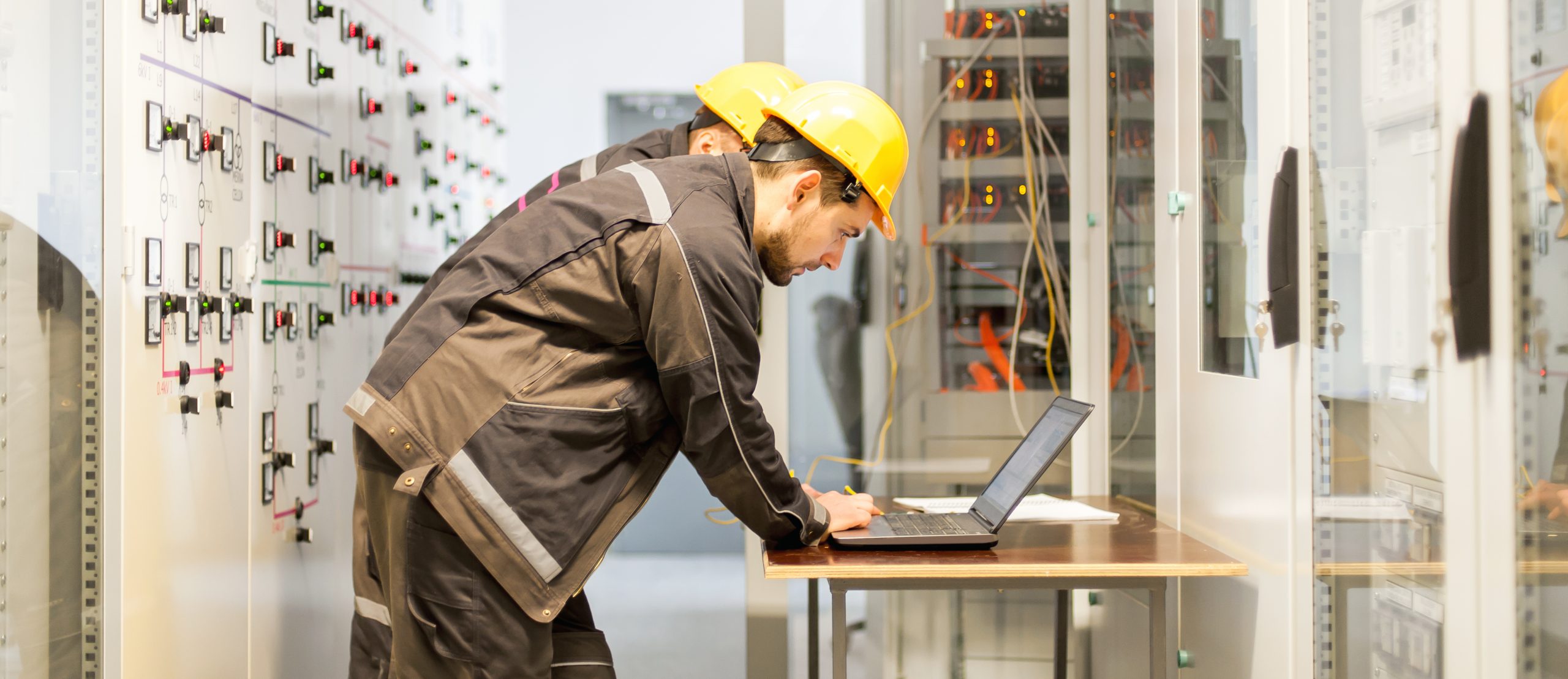04.02.2019
GD Rectifiers helps Crossrail lead the way for LED Lighting
GD Rectifiers supplies LED heatsinks to Crossrail

Crossrail station, Tottenham Court Road. Credit: Crossrail
Transport for London made the decision to use LEDs to light the stations, escalator shafts and concourses back in 2013 in order to reap the benefits of reduced energy consumption and maintenance requirements, delivering a significant reduction in the overall cost of the Crossrail project.
‘Crossrail is the first major sub-surface infrastructure project to be lit entirely by LEDs,’ says Paul Kerrigan, Crossrail MEP engineer (lead electrical), the man responsible for line-wide lighting solutions and uninterruptible power supply (UPS).
With the new underground lighting spanning from east to west London it was crucial for Transport for London to get the lighting design right, not only for passenger safety but to enable the enhancement of the passenger’s experience of the subterranean environment was key to the project.
The challenge for Crossrail was that many of the specialist LED fittings it needed for the project were yet to be developed and very few suitable LED fittings met Crossrail’s specific requirements. They identified four luminaire types for specific applications, including the totem, recessed escalator light, the cross-passage lighting service boom and the platform edge screen light box, and then turned to lighting manufacturers to develop them.
One of the lighting manufacturers that Crossrail used for the specialist LED fittings was Future Designs. They developed the luminaire for the totem uplighter and the six associated emergency light fixtures contained within. The totem is the primary source of light on the lower concourse.

The fitting uses linear LED engines mounted on printed circuit boards. ‘The problem with it being an uplighter is that heat rises, so the heat coming off the LEDs had to be dissipated to prevent the ambient temperature from reaching 80°C and the LEDs from failing’ says Leon Ellis, Technical Director at Future Designs.
Blowing air across the units was not an option for Crossrail so a solution was developed incorporating heat sinks to draw the heat away from underneath the LEDs which limited the ambient temperature to 35°C to maximise the life of the LEDs.
Helping Crossrail lead the way
GD Rectifiers worked in partnership with Future Designs to supply heat sinks to fit on top of the 2.1m high units that combines signage with a high-powered LED uplighter, to bounce light off the tunnel’s glass-reinforced concrete walls onto the concourse floor. The unit also incorporates emergency lighting, fire alarms and public help points.

Future Designs worked with GD Rectifiers to design and build prototype units which were then powered up at full light output in controlled ambient conditions and tested for 3 months with the team taking temperature readings six times a day.
The mock up demonstrated that the heat management system worked, it also identified a glare from the uplighter mounted on top of the totem which was a concern for passengers on the escalators because they were so bright. The solution was to fit a very fine blind of angled metal fins between two layers of glass that form at the top of the units and to etch the glass which created a slight frosting on it to help soften the light.

The final version of the luminaire measures 750mm x 250mm x 250mm and weighs 80kg. It was installed on a totem and trialled at Tottenham Court Road and Farringdon stations, where it passed with flying colours. In most Crossrail stations, the totems will be spaced at 9m intervals within the 8.1m diameter tunnels, to give a consistent light level onto the floor of 150 lux and 0.5 uniformity.
If a luminaire fails, it can simply be unplugged and replaced, with the failed fitting returned to the manufacturer for repair in the correct controlled environment for solid state lighting.
As the first major sub-surface infrastructure project to be entirely lit by LEDs, Crossrail is leading the way for LED lighting and subterranean infrastructure and is set to offer Transport for London huge time and cost savings on maintenance of the Elizabeth line.
For further information on the project please visit – https://www.cibsejournal.com/case-studies/lighting-design-in-the-crossrail-stations/
